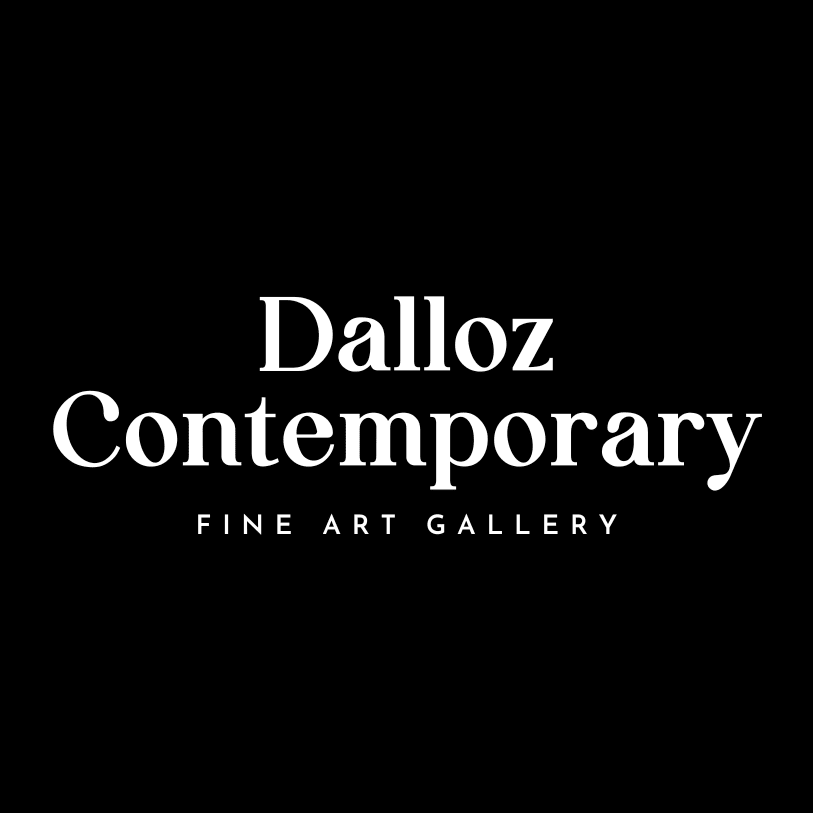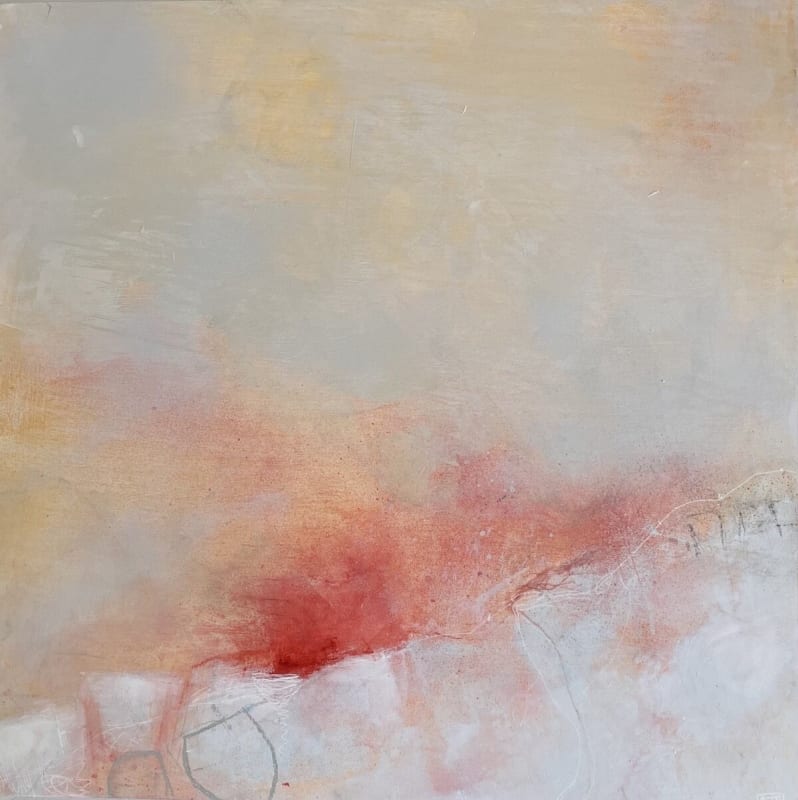Amanda Blunden is a contemporary artist based in South-West London, where she works from her studio to create emotive and abstract landscapes. She trained at Leeds Polytechnic, earning her Fine Art BA Hons Degree, and has since exhibited and sold her work both nationally and internationally. Amanda’s work is exhibited across the UK.
Each piece is inspired by memory – memories of travels, dreams, and often, childhood.
Amanda’s landscapes evoke deep emotional spaces-expressing both the beauty and solitude of nature, as well as an inner search for peace. Her work is driven by a profound desire for open spaces and a connection with the quiet, almost sacred feeling of solitude. Her paintings often carry an emotional weight, described by Amanda as a “silent drama,” with a balance of tension and joy. Seascapes appear regularly in her work, inspired by dreams of searching for an elusive feeling of well-being.
Her process is one of "call and response," as she layers materials, stripping away and adding elements as she reacts to colours, marks, and forms. The colour pink, for Amanda, represents nurture, comfort, and optimism, and it often finds its way into her work as an anchor for both fragility and strength.
Amanda’s work can be described as semi-abstract, often featuring figurative elements like trees, goalposts, or bridges, alongside more naïve motifs. These contrasting elements add to the tension of the painting, pulling the viewer into a world of emotional complexity and subtle beauty.
Amanda explains:
"Process to me is as important as the ideas behind the work. In fact, the process itself is reflective of the themes I’m inspired by – memory, time passing, stories under the surface, nostalgia, pathos and joy.
I like to spend time collating images from sketches and collages in my sketchbooks and also collecting images that inspire me from photos or online. Visiting galleries and exhibitions is also an important part of gathering inspiration. I often like to combine these themes in landscapes and so I try to travel and take photos as well as make sketches and studies.
Spending time on my own at least once a year by the coast or in the country is invaluable as a resource.
I begin painting primarily with colours in mind. Colour plays such a huge part that I find this a great is a jumping off point and in the beginning, I trust my intuition with little thought of the outcome. I will use a variety of media acrylics, inks and house paint to lay the foundations.
As thoughts, feelings and ideas take shape, I take out and add as I go, responding to each colour, mark and motif until a painting emerges that speaks to me. I like to keep going until the layers and marks suggest a history, a hidden story, much like frescoes and old walls that have been painted over in time.
To evoke an other-worldliness to my paintings, I soften the marks using a variety of tools – hands, sponges, cloth, rollers and brushes – anything that will suggest the ethereal and calming mood I’m going for.
Printmaking in the form of monoprint also informs the work as I like to use this on the canvas or panel too.
I like to use oil sticks and pastels too to create a more joyful tension to the sometimes melancholy atmosphere. This lifts the feeling to one of joy and lightness, creating an almost dreamlike image."

